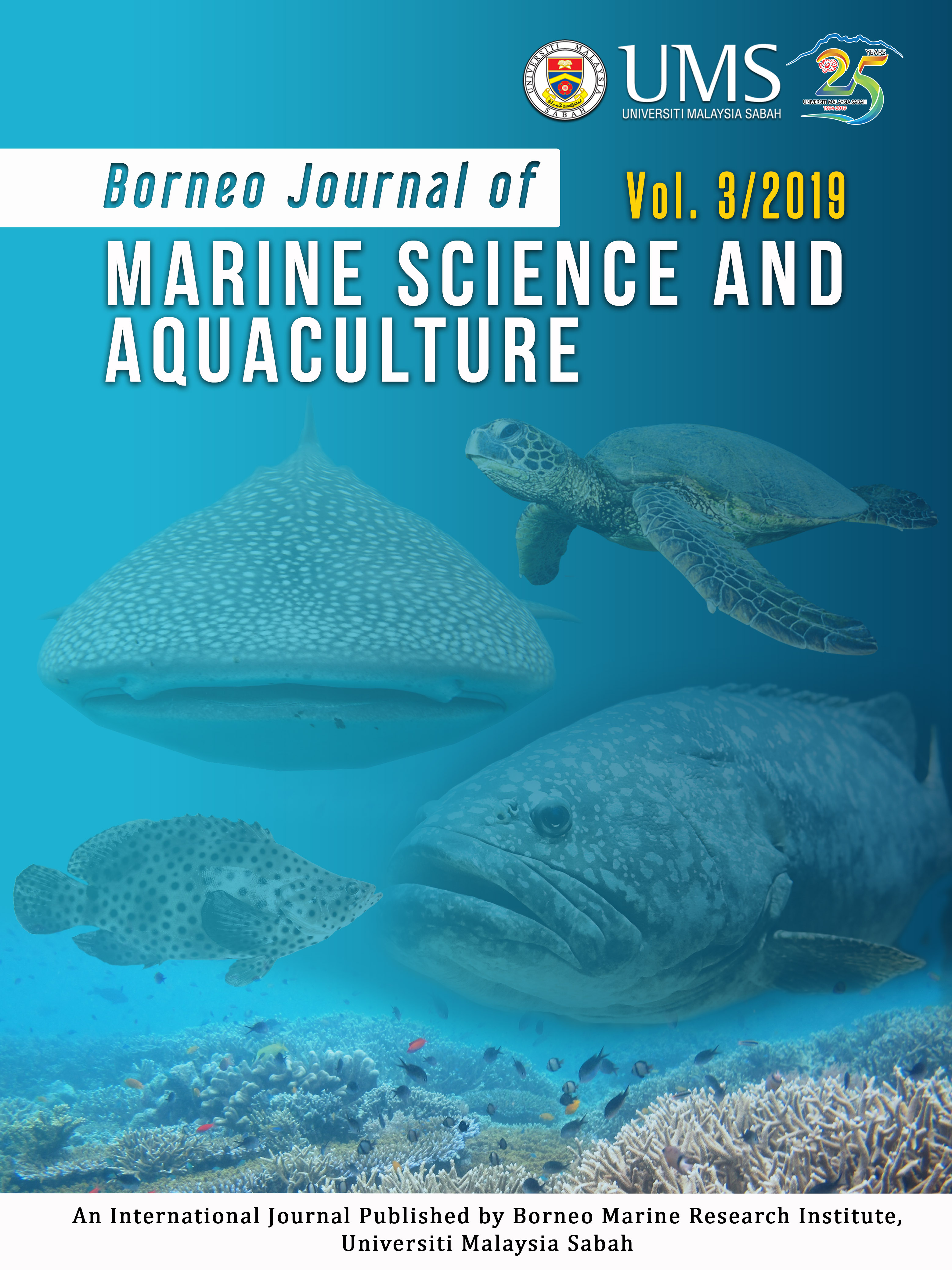Biodynamics in tropical integrated aquaculture systems and challenges in producing organic food using low-carbon methods
DOI:
https://doi.org/10.51200/bjomsa.v3i1.1562Keywords:
Integrated Multi-Trophic AquacultureAbstract
Biodynamics of water quality and related issues in integrated aquatic farming systems, especially the Integrated Multi-Trophic Aquaculture (IMTA), are reviewed in this paper. Combining several species in one system in addition to the microbiological organisms that become part of a production unit achieve biodynamics that is truly remarkable and mimics the processes that nature utilizes through biodiversity and interlinkages. Nutrient cascading is the most visible process in such a system. Some of the features that characterize IMTA include: harmonious functioning of multiple species, self-manuring, in tune with nature, wellbeing of captive stocks and low-carbon processes. Basically, IMTA has three loops: fed species and biofiltration, and the water quality impacted by processes in the first two loops. Maintaining homoeostasis in the system can be challenging for a number of reasons, including species-specific water quality requirements, turnover of dissolved gases (mainly oxygen and nitrogen) and particulate matter. Ammonia fluctuates with pH and temperature. Dissolved oxygen is influenced by temperature. While at neutral pH (7.0), more than 95% of ammonia is in ionized, non-toxic form (NH4+), the percentage of toxic un-ionized ammonia (NH3) increases with pH at a given temperature. NH3 is highly toxic. It produces stress at 0.1 mg/L by damaging the gills and disrupting metabolism, and death at higher concentrations. Nitrite is toxic when its concentration exceeds 0.4 mg/L. Concentration lower than this value can be fatal for more sensitive species. Process of nitrification that converts ammonia to nitrite and nitrite to nitrate requires at least 6 mg/L of dissolved oxygen. The culture system should remain well aerated, at slightly alkaline pH and moderately warm temperature, and must have substrate for nitrifying bacteria. Roles of the various types of filtering devices for organic and inorganic wastes are discussed in this paper.






